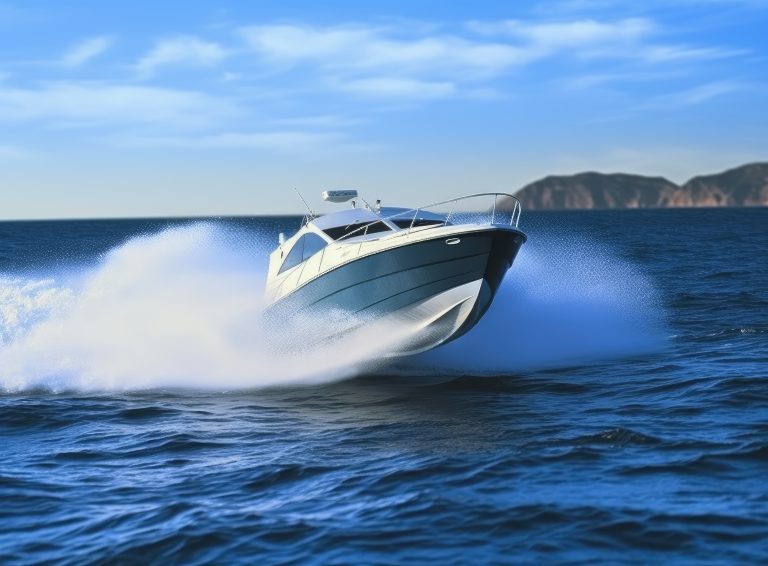Navigating the waters of yacht insurance can be as challenging as sailing through stormy seas. Whether you’ve just purchased your first luxury vessel or are planning to do so, understanding the intricacies of yacht insurance is crucial for protecting your significant investment. This comprehensive guide will walk you through everything you need to know about securing the right coverage for your prized possession.
Understanding the Basics of Yacht Insurance
First-time yacht owners often underestimate the complexity of marine insurance. Unlike standard boat insurance, yacht coverage requires a more sophisticated approach due to the vessel’s higher value and unique risks. Professional surveys indicate that 65% of first-time yacht owners initially choose inadequate coverage, potentially leaving them exposed to significant financial risks.
What Distinguishes Yacht Insurance from Regular Boat Insurance?
- Vessels typically over 27 feet in length
- Higher-value coverage requirements
- More comprehensive protection options
- Specialised liability considerations
- International waters coverage capabilities
Essential Coverage Components
Hull Insurance
The cornerstone of any yacht insurance policy, hull insurance protects against physical damage to your vessel. This coverage should include:
- Collision damage
- Weather-related incidents
- Fire and theft protection
- Salvage operations
- Emergency towing services
Protection and Indemnity (P&I)
This crucial liability coverage safeguards against:
- Third-party bodily injury
- Property damage claims
- Legal defence costs
- Wreck removal expenses
- Pollution liability
Additional Coverage Options to Consider
Personal Effects Coverage
Protect valuable items aboard your yacht:
- Electronics and navigation equipment
- Personal belongings
- Sports equipment
- Fine art and furnishings
Crew Coverage
If you employ crew members, you’ll need:
- Workers’ compensation
- Medical coverage
- Disability benefits
- Repatriation costs
Factors Affecting Your Premium
Several key elements influence your insurance costs:
- Vessel Age and Condition
- Construction materials
- Maintenance history
- Recent surveys
- Safety equipment
- Navigation Area
- Coastal waters
- International waters
- Hurricane zones
- Seasonal restrictions
- Owner Experience
- Boating qualifications
- Claims history
- Professional training
- Safety certifications
Essential Tips for First-Time Owners
Documentation Requirements
Maintain comprehensive records of:
- Vessel registration
- Safety certificates
- Maintenance logs
- Crew qualifications
- Navigation equipment updates
Risk Management Strategies
Implement these proven practices:
- Regular maintenance schedules
- Professional crew training
- Weather monitoring protocols
- Emergency response plans
- Security measures
Common Insurance Mistakes to Avoid
- Undervaluing Your Vessel
- Always obtain professional valuations
- Update coverage regularly
- Consider market fluctuations
- Include recent upgrades
- Overlooking Important Coverages
- Uninsured boater protection
- Medical payments coverage
- Environmental damage liability
- Charter coverage (if applicable)
Choosing the Right Insurance Provider
Consider these crucial factors:
- Financial stability ratings
- Claims handling reputation
- Specialised yacht insurance experience
- Global coverage capabilities
- 24/7 emergency assistance
Making a Claim
Follow these essential steps:
- Document all damage immediately
- Contact your insurer’s emergency hotline
- Preserve evidence and take photographs
- Obtain witness statements if applicable
- Follow your insurer’s specific claims procedures
Conclusion
Securing appropriate yacht insurance requires careful consideration of numerous factors and options. By understanding the essential components of coverage and working with experienced providers, you can ensure your valuable investment remains protected. Remember to review your policy annually and update coverage as needed to maintain comprehensive protection for your maritime adventures.






